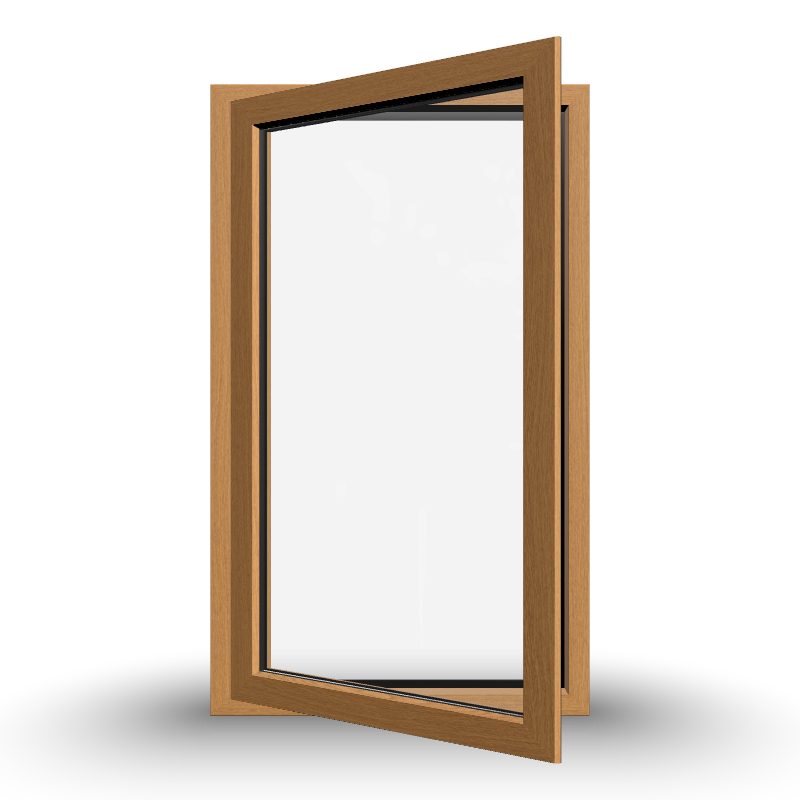Insulated Windows and Condensation
As a retailer and installer specialising in uPVC double-glazing windows, we often get asked about the effectiveness of insulated windows in preventing condensation. While uPVC double-glazing is effective in reducing condensation compared to older conductive frames with single-glazed glass, there is still a chance that condensation can appear due to high moisture levels and poor ventilation. Let’s explore this topic more and look at ways condensation can be managed.
Condensation on windows? It’s all about the perfect storm of warm rooms and cool glass.
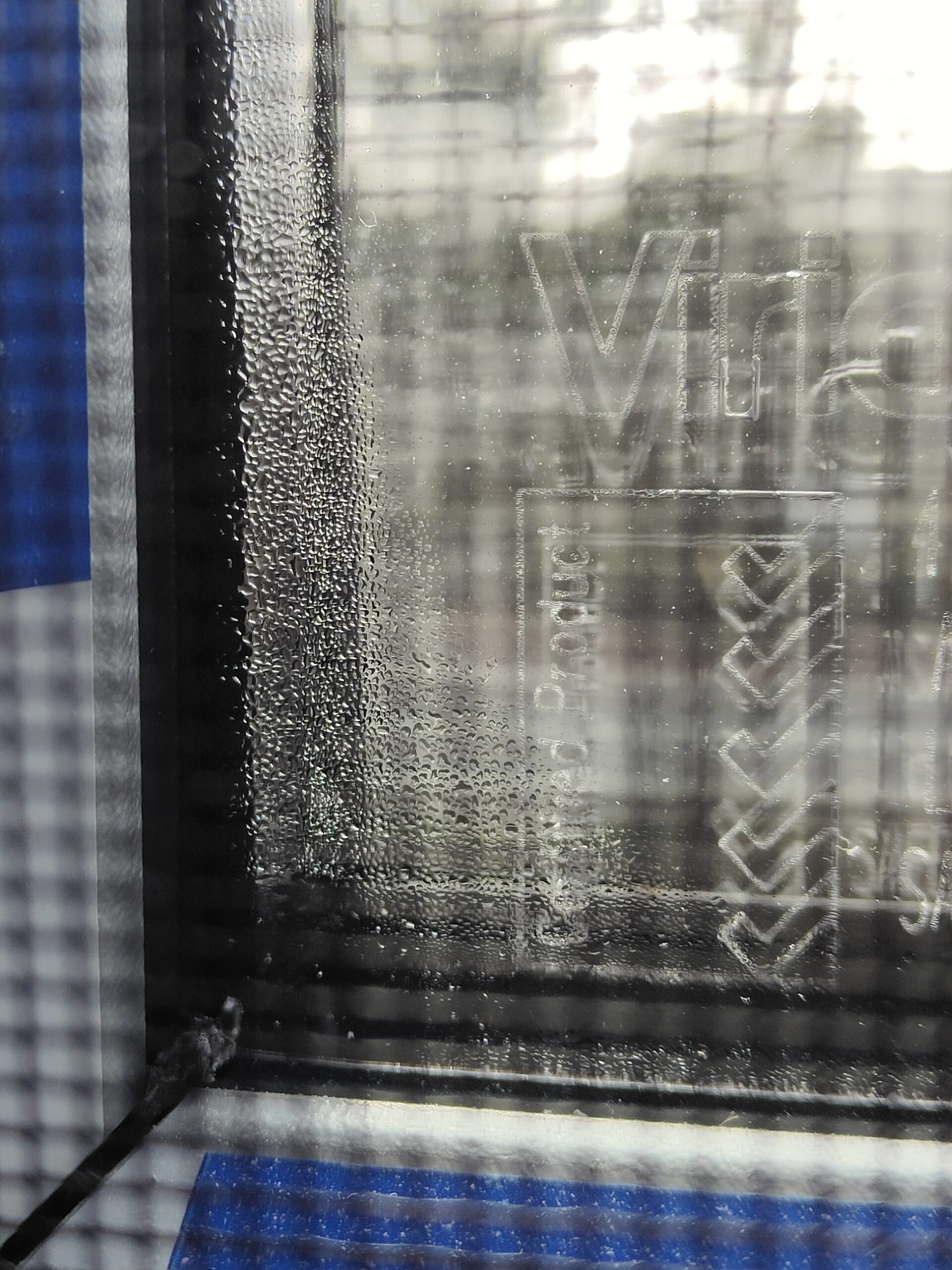
What is Condensation?
Condensation occurs when warm, moist air comes into contact with a cold surface, causing the moisture in the air to turn into liquid water droplets. This phenomenon often happens on windows during colder months when indoor humidity levels are higher than the outside temperature.
For instance, when air at 25°C reaches its maximum water capacity of about 20 grams per kilogram of air, it’s at 100% humidity. If this air cools to 15°C, its maximum water capacity drops to approximately half, leading to condensation. This can appear as liquid droplets in the air (fog) if cooled collectively or as condensation on a surface that cools the surrounding air locally.
When the temperature of the glass falls below the “dew point” temperature corresponding to the relative humidity of the surrounding air, water vapor from the atmosphere will condense into water droplets on the glass surface. The “dew point” varies depending on the humidity level in the air.
Let’s Talk Humidity
A balanced humidity level is essential for comfort and health. Optimal indoor humidity levels are ideally between 30% to 50% and should never exceed 60%. Excessive humidity encourages the growth of dust mites and mould, which produce harmful compounds. On the other hand, low humidity can cause dry, cracked lips and irritated nasal passages. It may also facilitate the spread of airborne viruses such as influenza, as they can survive longer in dry, cool environments. Finding the right balance is key to maintaining a healthy indoor environment.
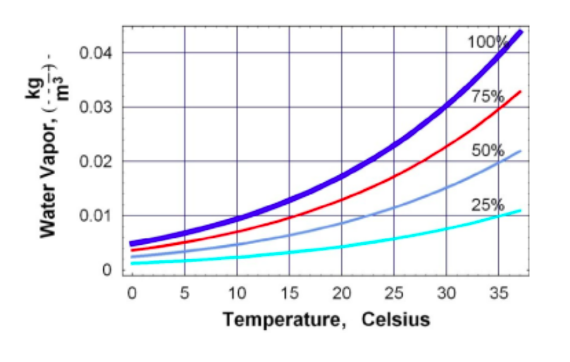
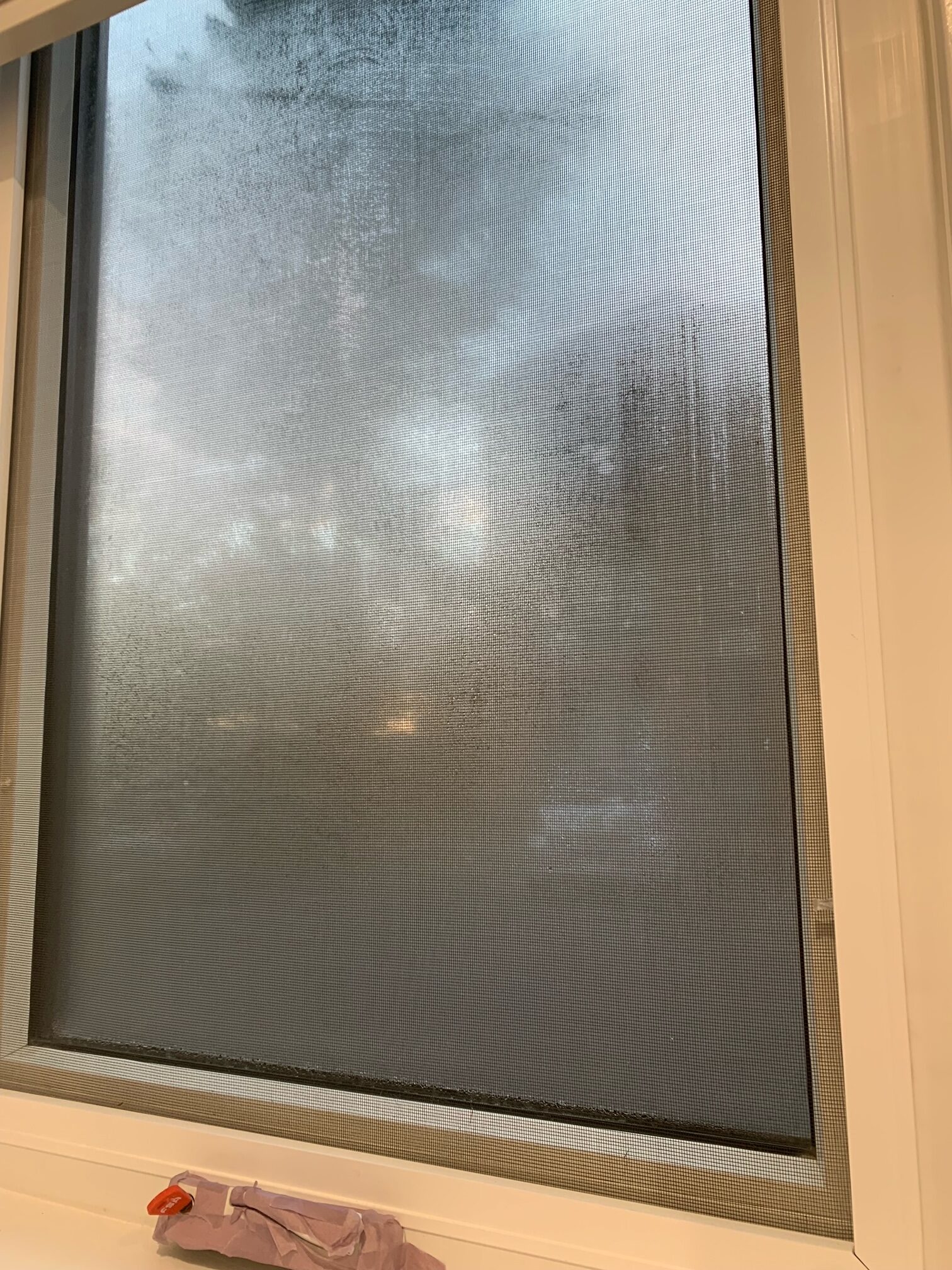
Why is Condensation Appearing on my Glass?
Insulated windows, like uPVC double glazing, are highly effective in reducing condensation compared to older single-pane windows with conductive frames. Double glazing reduces heat transfer through windows, keeping the inside of your home warmer during cold weather. Their ability to maintain consistent indoor temperatures and control humidity levels makes them a smart investment for any home. However, this doesn’t guarantee that condensation can be completely avoided if the room’s moisture levels are too high.
Condensation on windows happens when the window surface cools down while the interior room remains warm with high relative humidity. It’s not a window system issue but rather a result of indoor humidity levels, often due to inadequate ventilation. Condensation forms when the “dew point,” determined by the indoor air temperature, relative humidity, and window surface temperature, is reached.
Condensation is natural in cold weather. The colder it gets outside, the more likely condensation will occur. A light fog on your windows during exceptionally cold nights is normal and typically dissipates quickly.

What Surface is Condensation Forming?
It is considered normal for condensation to appear on surface 1 or surface 4 (the outer surfaces that you can touch). If condensation appears within the double glazed unit on either surface 2 or 3, this indicates a leakage in the double glazed unit that can be replaced under warranty if reported within 10 years after delivery.
What Can I do to Manage Condensation?
Everyday household activities like cooking, showering, drying clothes, and having many indoor plants can increase indoor humidity levels. Additionally, gas stoves, burners, heaters and other appliances, contribute to moisture levels and affect the potential for condensation inside buildings.
To manage condensation effectively, maintain low indoor humidity levels. Excessive condensation on windows indicates high humidity indoors. Address high humidity in areas like bathrooms and kitchens by improving ventilation. The optimal approach involves removing moisture at its source—such as in the kitchen, bathroom, or laundry—and directing it outside using exhaust fans or similar methods.
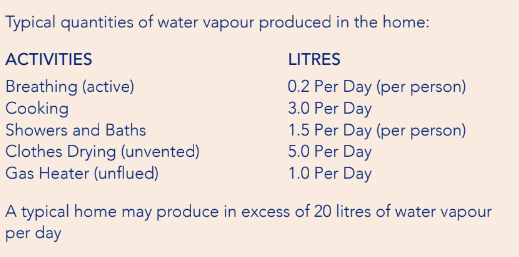
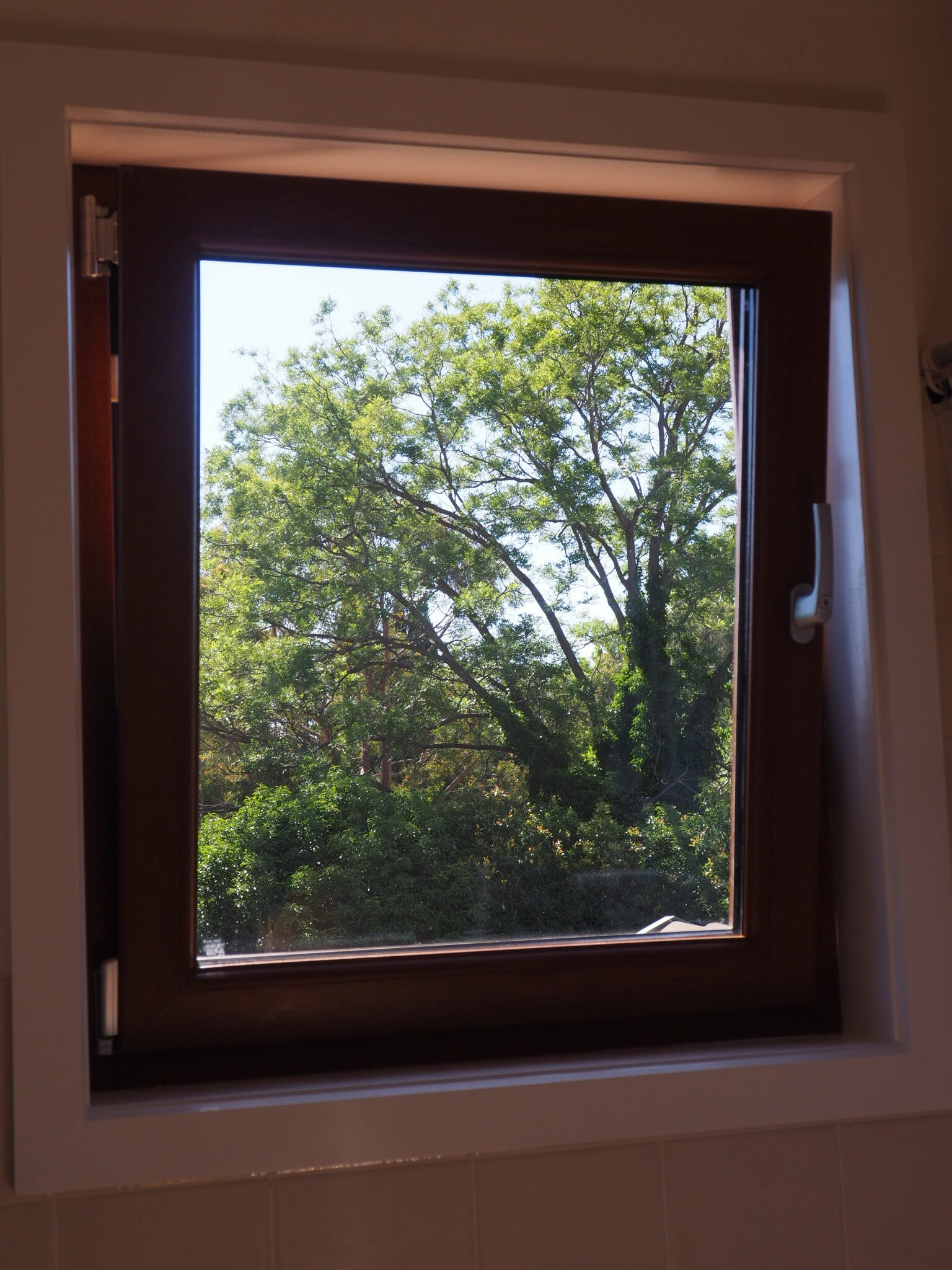
Top Tips for Homeowners
• If condensation appears, wipe it down right away and create ventilation in the room for short periods of time by opening the windows.
• Open windows while showering and cooking in kitchens. Utilise bathroom exhaust fans throughout and after showers and baths, ensuring they vent externally rather than into your roof cavity.
• Dry clothes in well-ventilated, warm rooms that are separate from the rest of the building. Ideally, vent clothes dryers outdoors to prevent moisture from entering the house. Alternatively, keep windows and doors open during the drying cycle.
• While cooking, keep lids on pans to prevent unnecessary steam.
• During and after use, air out the kitchen, bathroom and laundry for a few minutes.
• Use an old towel to wipe down damp and wet surfaces.
• Consider using a dehumidifier to maintain optimal indoor humidity levels (ideally between 30% to 50%).
• Closing curtains or blinds at night can create a buffer zone of air between the window and the room, reducing heat loss and potential condensation.
Condensation on uPVC double-glazed glass is usually due to indoor humidity and temperature differences. You can reduce condensation by managing indoor humidity and improving ventilation and insulation.
Solace Blog
Welcome to the Solace Creations blog. Discover further information about our products and offerings, check out our major projects and before & after casestudies.
Information
Learn more about the world of insulated windows and doors
Before & After
Out with the old and in with the new, watch these homes transform


